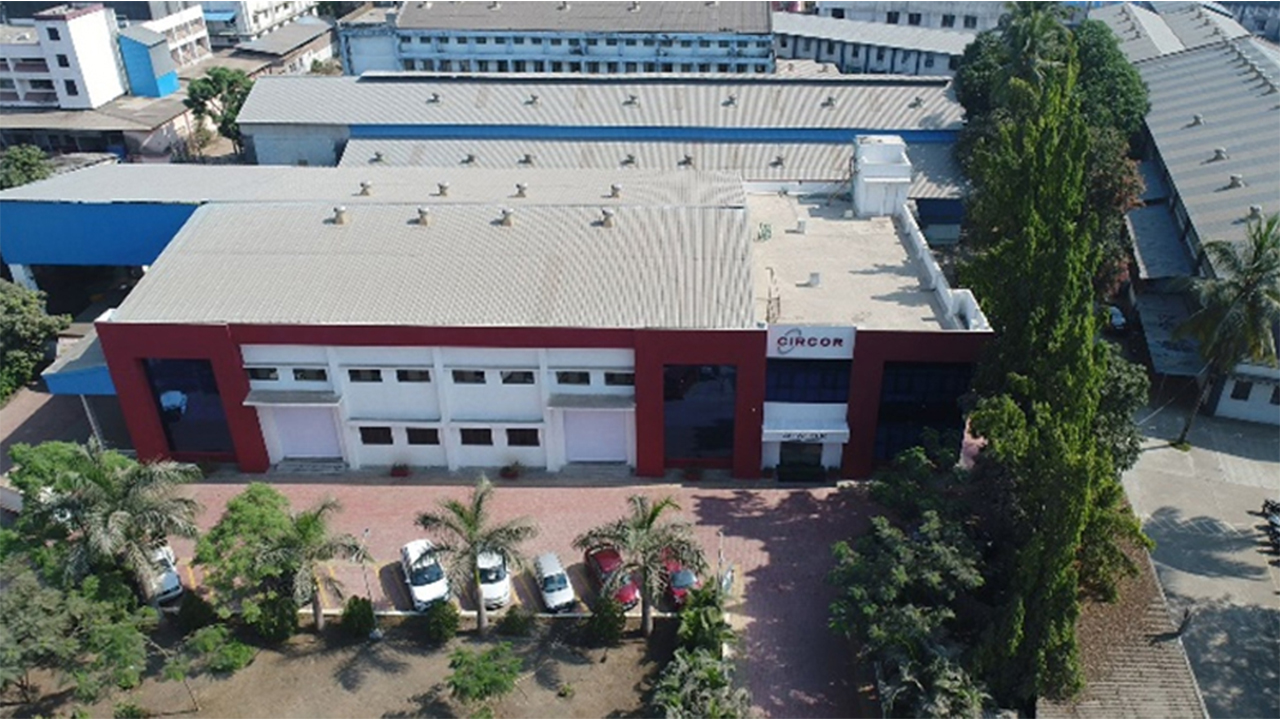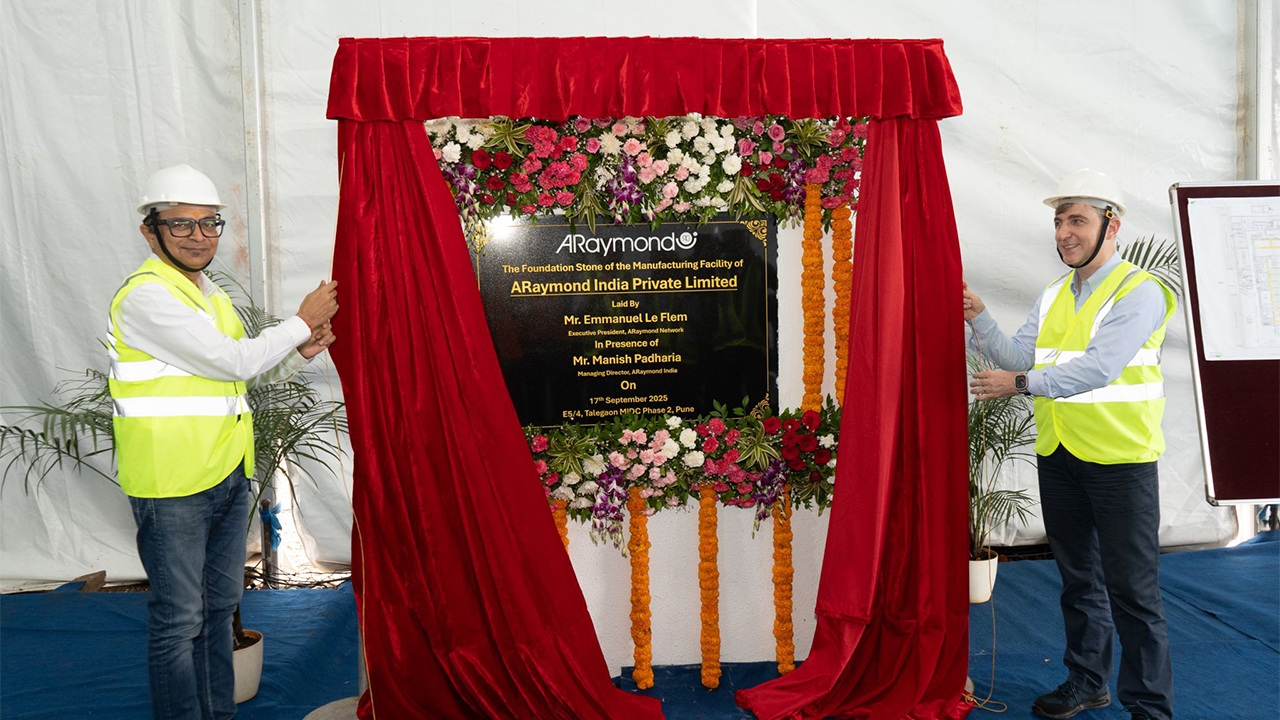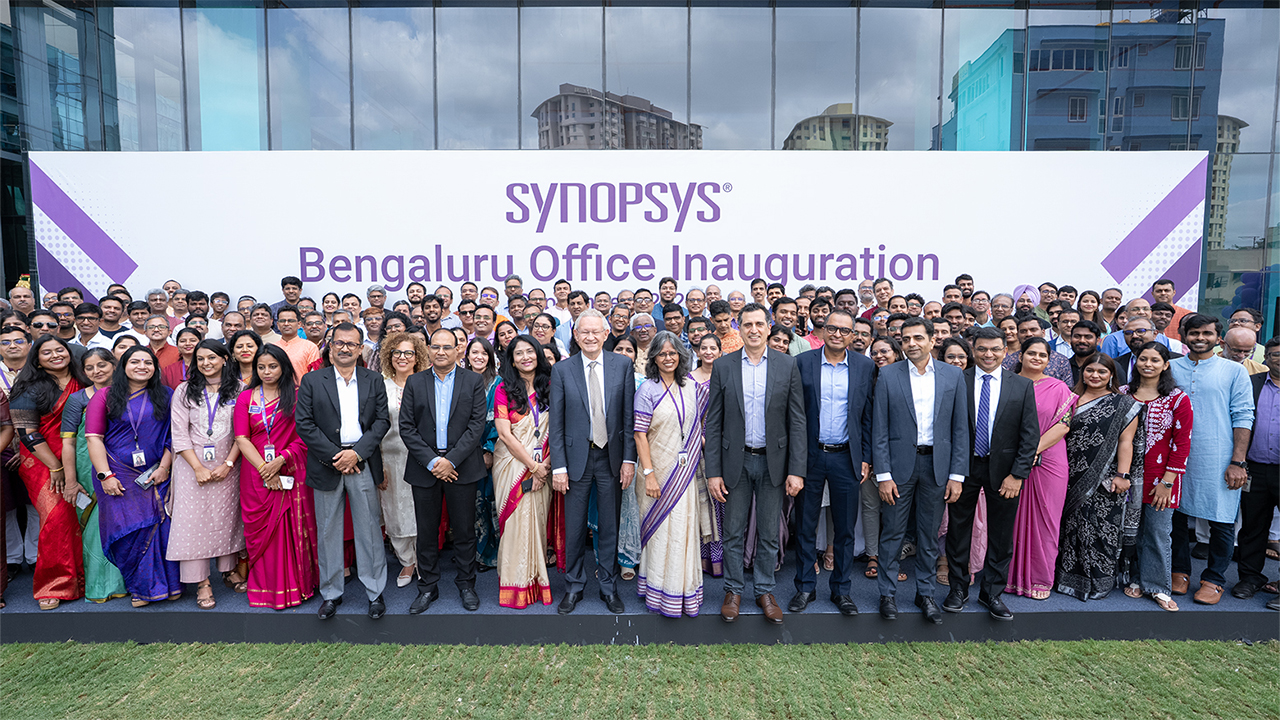“The manufacturing industry started 2023 on a firm footing, with a robust increase in new work intakes underpinning a further expansion in production. Despite some loss of growth momentum, the sector looks set to at least remain in expansion mode as the final quarter of the current fiscal year draws to a close.” - Pollyanna De Lima, Economics Associate Director at S&P Global Market Intelligence
February 2023: The January 2023 data showed a further improvement in the health of the Indian manufacturing industry. There were slower increases in total sales and output, but rates of expansion remained historically elevated. New export orders rose only slightly, however, and at the weakest pace in ten months. Companies sought to add to their input inventories by purchasing additional materials, but headcounts were broadly unchanged amid sufficient staff numbers to cope with current requirements.
Elsewhere, there was a quicker, albeit historically subdued, increase in input costs. Charge inflation softened in January, but remained above the long-run series trend. Posting 55.4 in January, the seasonally adjusted S&P Global India Manufacturing Purchasing Managers’ Index (PMI) highlighted a nineteenth successive monthly improvement in operating conditions. Despite falling from December’s recent high of 57.8, the headline figure remained above its long-run average. Indian manufacturers welcomed a strong influx of new business at the start of 2023. The rate of expansion eased from December, but remained sharp and above its long-run average. Panellists suggested that marketing efforts bore fruit, with demand resilience and favourable economic conditions also supporting sales.
As was the case for new orders, production expanded at a historically strong pace that was nevertheless softer than that seen at the end of 2022. Where growth was reported, firms cited accommodative demand and ongoing increases in new work intakes. The latest results suggested that the domestic market was the main source of new business growth as international sales rose only slightly in January. Moreover, the rate of increase was below its long-run trend and the weakest in the current ten-month period of expansion. Pollyanna De Lima, Economics Associate Director at S&P Global Market Intelligence, said: “The manufacturing industry started 2023 on a firm footing, with a robust increase in new work intakes underpinning a further expansion in production. Despite some loss of growth momentum, the sector looks set to at least remain in expansion mode as the final quarter of the current fiscal year draws to a close. Rising backlogs and the purchasing of additional inputs suggested that companies will continue to lift output in the coming months. Less challenging supply-chain conditions meant that firms were able to secure critical inputs and rebuild their inventories as intended. A key area of weakness seen in the latest PMI data was exports. Although manufacturers received new orders from international markets, the increase was slight at best and moderated considerably to a ten-month low. There was a mild resurgence in cost pressures, which manufacturers linked to higher prices for items like energy, metal and electronic components. The rate of cost inflation remained historically subdued, but companies nevertheless hiked their fees as demand resilience facilitated the passing on of additional cost burdens to clients.”
In order to adjust for rising new orders, firms bought additional materials for use in production. Input purchasing grew at a softer pace than in December, albeit one that was marked. Sustained increases in purchasing activity supported another upturn in input stocks. Although softer than in December, the rate of accumulation was one of the strongest seen in nearly 18 years of data collection. While companies sought to expand inventories, employment levels were left broadly unchanged as capacities were reportedly adequate for current requirements. Indeed, outstanding business volumes rose at a slight pace that was weaker than in December and historically muted.
Manufacturers also pointed to a lack of pressure on the capacity of their suppliers, with delivery times shortening in January. Input prices ticked higher in January, amid reports of greater chemical, electronic component, energy, metal and packaging costs. The rate of inflation quickened to a three-month high, but was well below its long-run average. Manufacturers reportedly lifted their selling prices in January, owing to the passing of higher input, transportation and staff cost through to clients. The overall rate of charge inflation remained historically elevated, despite easing from December.
NEWSLETTER
TRENDING ON PRO MFG
MORE FROM THE SECTION








